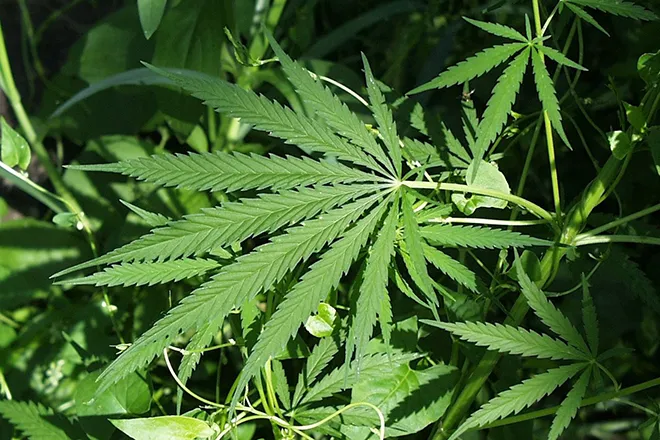
Almost 40 percent of Colorado's 2021 higher ed funding came from federal aid
(The Center Square) – Almost 40 percent of higher education funding in Colorado came from federal aid dollars in 2021, a new report says.
In all, 39 percent of the state’s higher education funding came from the federal government, while 49.4 percent was from tax appropriations, according to the report compiled by the State Higher Education Executive Officers Association (SHEEO), a nonprofit headquartered in Boulder.
Colorado was one of five states which "relied on federal stimulus funding for more than 20 percent of higher education support," the report said. The other four states were Minnesota, New Hampshire, Vermont, and Wyoming.
The report, which analyzed data from school budgets, annual reports, and responses to a survey, found that nationally, per-student appropriations in public higher education saw a 4.5 percent increase in fiscal year 2021 thanks to federal stimulus funds.
The increase "marked the reversal of decades-long trends in higher education revenues," SHEEO said.
“As these findings show, fiscal year 2021 defied several long-term trends in higher education finance and showed positive growth in education appropriations,” the report said. “However, net tuition and fee revenue did not increase enough to keep up with inflation for the third straight year. This continued decline in tuition revenue puts greater pressure on states not to cut funding to public higher education in the coming years.”
Colorado saw a 7.8 percent increase in its education appropriations per full-time equivalent student (FTE) because of federal aid, the report found. Without that aid, Colorado would have seen a 37.6 percent decrease in funding per FTE, one of the largest declines in the country.
According to the report, Colorado’s wide difference in its FTE funding levels is due to the state receiving an unadjusted $458 million in federal aid. At the same time, the state reappropriated more than $404 million from its higher education coffers.
Despite the increase in funding per FTE, Colorado’s higher education programs are still struggling to enroll students. Last year, the state’s total enrollment rate – which excludes medical students – declined by 4.9 percent.
Colorado also has a lower-than-average enrollment rate for students at two-year colleges. More than 31 percent of the state’s higher education students attended two-year programs compared to the national average of 28 percent, according to the report.
The report caveats these findings by stating that declining higher education enrollment is often a sign of economic progress as more workers choose to enter the labor force rather than the education rolls.
However, the amount of federal aid in Colorado’s higher education budget may force the state to make some tough budgetary decisions if the state’s economy faces another downturn.
“When federal stimulus funds run out, states will face difficult budgetary decisions, and higher education may face cuts in some states,” the report said.
















